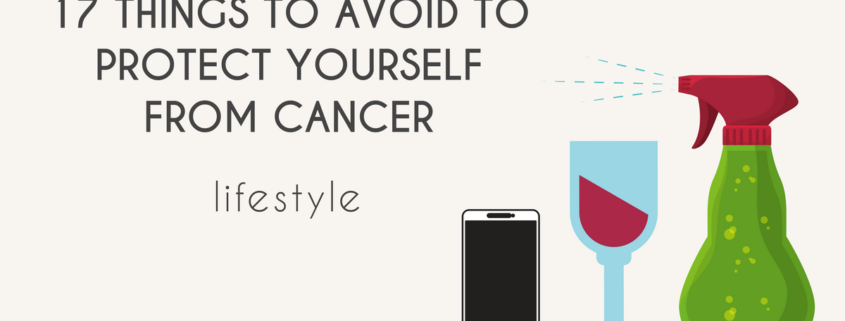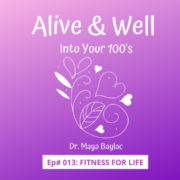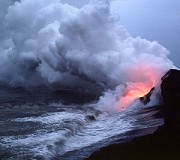17 Things to Avoid to Protect Yourself from Cancer
- Underwire bras constrict the lymphatic system and have been identified as a cause of cancer https://www.scientificamerican.com/article/fact-or-fiction-underwire-bras-cause-cancer/
- Synthetic fiber clothing and bed sheets. Use organic cotton or silk.
- Carcinogens are ubiquitous. Carcinogens are chemical compounds that cause mutation in our DNA, the genetic material inherited by our parents. They are found in house cleaning supplies, personal hygiene products, make up, food and drinks. The most dangerous carcinogens we are exposed to are Round Up (an herbicide) and chlorine. Use organic food to avoid chemicals from pesticides and fertilizers. Do not use Round Up on your lawn.
- Chlorine. Chlorine is found in tab water and swimming pools. It is a common household product sold as Clorox. Avoid drinking or showering or bathing in tap water. Buy a water filter for your house or get a filter for your shower and sink. Avoid swimming in a chlorinated pool.
- Detergents in commercial cleaning supplies. Use vinegar and water instead or regular soap.
- Overuse of soap. Body soaps removes natural oils on the skin and flush vitamin D. Low levels of vitamin D are usually found in people with cancer. Test for vitamin D levels. https://www.cancer.org/cancer/cancer…/known-and-probable-human-carcinogens.html
- Household furniture, carpets, pressed wood, curtains contain fire retardants, formaldehyde benzene and naphthalene. Memory foam is particularly toxic.
- VOC or volatile organic compounds are contained in paint and off gas for years. Buy “no VOC” paint.
- Electronic equipment produces electromagnetic field (EMF) disturbing to the natural electricity of our cells. Eliminate them from your bedroom to have a regenerating sleep: remove TVs, computers, phones in particular smart phones.
- Location of the house: danger of power lines and high voltage power lines. EMFs emitted by power lines have shown to cause cancer.
- Regenerating sleep at night, in a dark room or natural light. Go to bed early and get up early.
- Eliminate toxic habits. Smoking, chewing tobacco, drinking alcoholic beverages, consuming illegal drugs including marijuana and pharmaceuticals. Smoking is associated with lung, esophageal and bladder cancer. Quit.
- Alcohol consumption is a major risk factor for certain head and neck cancers, particularly cancers of the oral cavity, pharynx (throat), and larynx (voice box). Quit.
- Pharmaceuticals are the fourth leading cause of death. Over prescribed antibiotics destroy beneficial bacterial flora causing fungal overgrowth and creating dysbiosis.
- Processed and GMO foods in particular processed meats and food additives linked to colon cancer. Thirty percent of the processed meat tested in commercial stores contains C. Difficile, a diarrhea causing pathological bacteria difficult to get rid of, eventually causing colon cancer. Additives and emulsifiers added to bread and other processed foods to extend shelf life, alter gut bacteria causing inflammation and causing colorectal cancer.
- Infections by carcinogenic bacteria and viruses. Twenty percent of cancers are associated with bacteria or viruses. Herpes virus associated with nasopharyngeal cancer, H. Pylori bacteria associated stomach cancer, EBV (Epstein Barr Virus), the cause of mononucleosis or the so-called kissing disease because it spreads through the saliva, associated with naso-pharyngeal cancer and Hodgkin lymphoma, EBV associated with lymphoma, HIV associated many types of cancer. HPV (Human papilloma virus) with cervical cancer, esophageal cancer from oral sex, Hepatitis B and C associated with liver cancer. Treat all infections as soon as diagnosed or after diagnosis.
- Air pollution. The air we breathe is contaminated with particulate matter, decreased oxygen, and various pollutants from industrial emissions, vehicle exhaust, combustion, heating activities and vog (in Hawaii). Fresh air composition: Nitrogen @ 78.09% Oxygen @ 20.95% and Argon @ 0.93%. That makes up about 99.97%. Indoor air pollution is usually worse than outdoor air pollution. Air pollution is responsible for the number one cancer type: lung cancer. Read the article, 9 Ways to Improve Indoor Air Quality.









